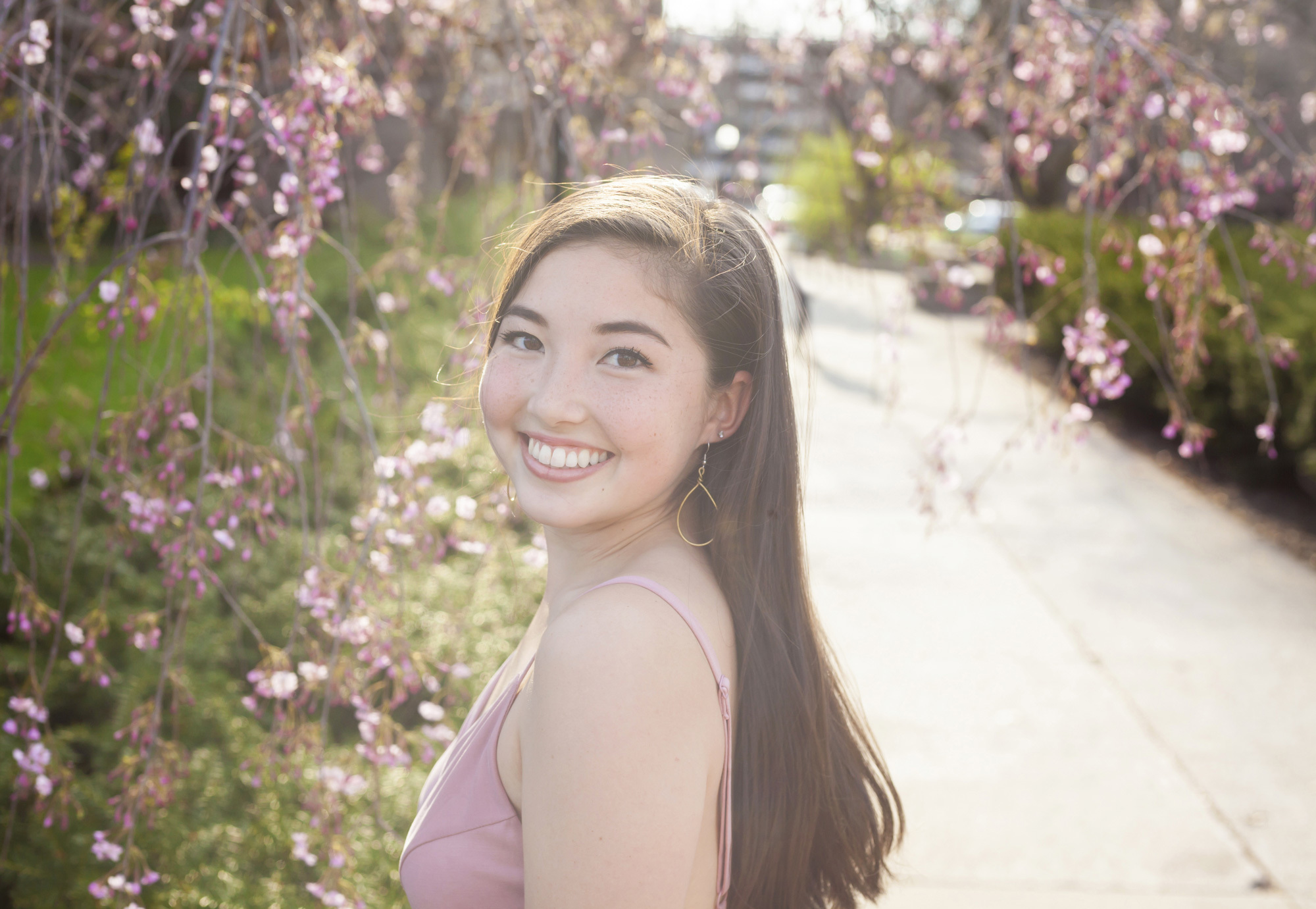Student Spotlight: Elise Haadsma (BFA ’17)
Inspired by her mother’s immigration story, the diversity found in her school community, and the complexities of having homes in multiple places, Stamps School of Art & Design Senior Elise Haadsma (BFA ’17) created a short animated film for her final Integrative Project (IP) course project in 2017.
Screened at the Michigan Theater, the film featured three non-fictional narratives of three individuals from Chile, Syria, and Japan. Haadsma grew up in Grand Rapids, Michigan but spent a lot of time in Tokyo with the maternal side of her family and considers both the US and Japan her home. The Stamps Communications Team caught up with Haadsma by email to learn more about her film, her process, and her advice on ways to honor diversity in our communities.

The Integrative Project course at Stamps requires BFA students to pull together all that they’ve learned at Stamps to create a final project that pushes the boundaries of their previous creative work. Tell me about your process for The Places We Call Home.
The studio courses at Stamps allowed me to explore my interests in many fields of art and design over four years, from animation to illustration to packaging design and more. Each course I took taught me essential skills and sparked ideas that eventually led me to my thesis project.
My process for creating The Places We Call Home began with my experiences growing up in a multicultural family and feeling torn between two places, and the realization that a lot of other people were having similar experiences. With more diverse families and communities emerging, I was interested in what universalities regarding “home” are present across cultures. I started having conversations with family members, friends, acquaintances and strangers that grew up in different countries, talking to them about homes they left behind. I was immediately compelled by their words and the specificity of their memories. I recorded audio of these people talking about the places they grew up, places they feel connected to, and what makes these locations feel like home. These audio interviews served as the structure for the animations. After selecting segments of audio, I used a combination of watercolor painting and digital techniques to illustrate the narratives of three individuals.
Where is home for you? What fond memories jump into your mind when you think of it?
I was born and raised in Michigan, where my father is from, but have spent a portion of every year since I was born in Tokyo, Japan, where my mother is from. My mother introduced me to her Japanese culture, her home, while I remained in America. Growing up in these two distinctly different places, I feel strongly that my home is not one of these places or the other, but rather both. The level of attachment I have to these places are deep enough that when I am in one country, I miss the people, places and events of the other. I have many fond memories of both, from afternoons spent fishing with my dad and brother on a lake near my home in West Michigan, to helping my mom and grandma tend to the small flower garden in front of our family home in Tokyo. My memories of home are simple and quiet moments spent with family.
How has your Stamps experience helped to shape your world view?
My experience at Stamps has shaped my world view in so many ways. The flexibility of the Stamps curriculum, guidance from some incredible professors, access to resources in other departments at the university, and my experiences studying abroad all shaped me as an artist and an individual.
Yet, the most significant influence the Stamps school has had on my perspective has been through its students. At Stamps, I met incredible people from all over the country and world who became my classmates, my collaborators, and my friends. Every day, I was learning alongside my peers in class, but also learning from them.
The Places We Call Home is a really beautiful slice of the many diverse perspectives, unique histories, and personal identities within the Stamps community. What advice do you have for others in honoring diversity within their communities, both inside and outside of the studio?
My advice would be to listen attentively. Allow others to speak and listen to their words carefully. Everyone you meet has a different set of experiences that has led them to where they are today, and their stories can speak for themselves.
Through listening to the stories of people with diverse upbringings and backgrounds, I have learned so much over the past year. It is important to speak up and contribute to the conversation, but I feel it is equally important to be conscious of when to simply listen.
To see more work by Elise Haadsma, visit elisehaadsma.com.